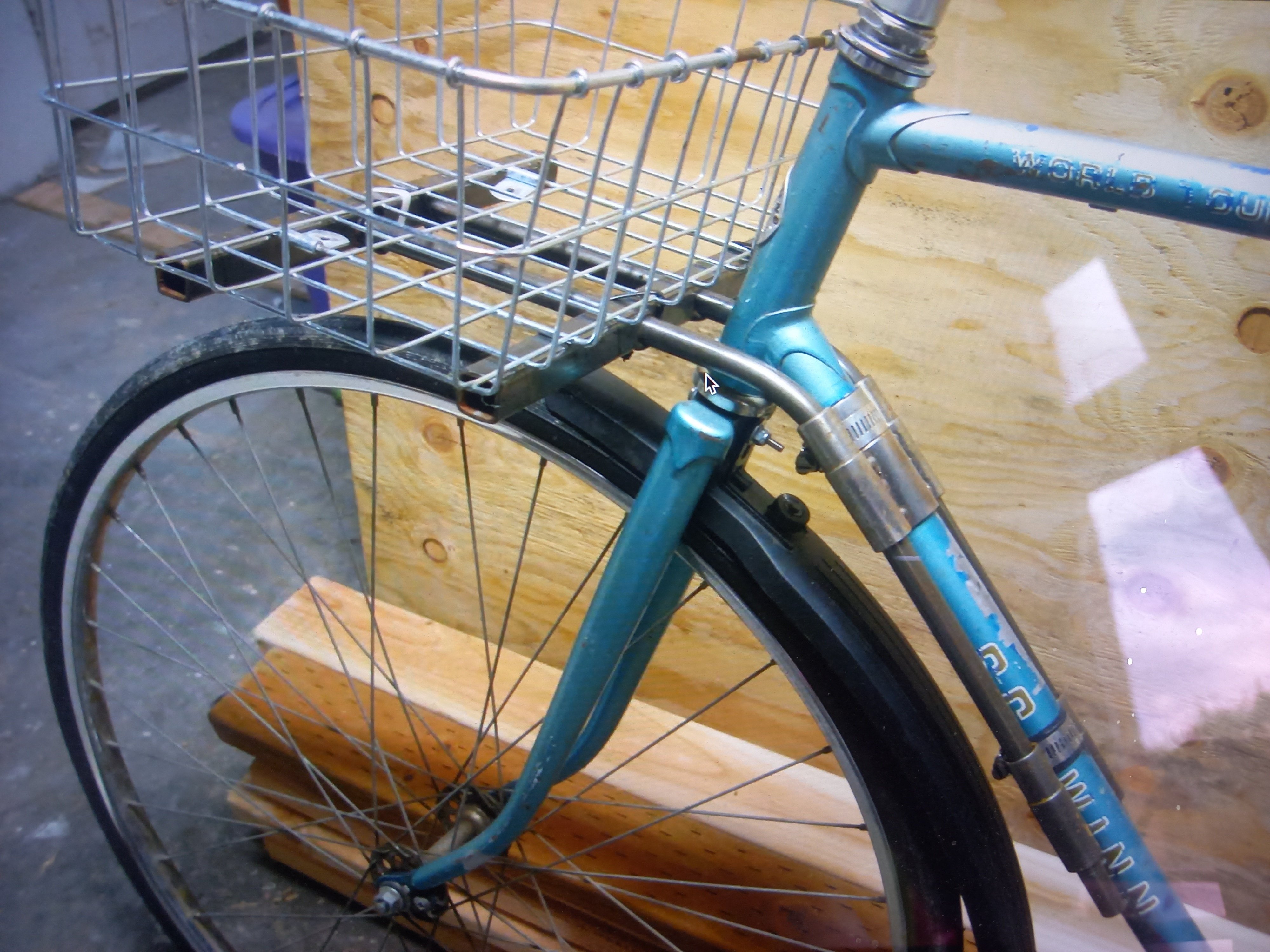More of an engineering problem -- see the subfield of engineering called "statics". Physics has equations for everything here, but the specific combinations of materials and geometry and so forth is solidly engineering.
Then, the route to go would be physical testing. As long as the load is not balanced in front of the front axel, the bike should be drivable. If it's balanced in front of that axel, then you will have a real limit eventually where the back tire is no longer able to make contact with the ground. The load would have to exceed your body weight somewhat.
If you exceed that load, you're probably fine on smooth ground. The welds in the frame are likely first to go. During an impact (bump in the road), engineering statics no longer applies, and you end up in dynamics. So you could load it up and it'll be fine sitting in one spot, and then start pedaling and hit a bump and a joint crumbles or something.
Finally, the bike probably has a rated maximum rider weight listed by the manufacturer. If you just want to play it safe, find that number, subtract your weight, and go nuts.
